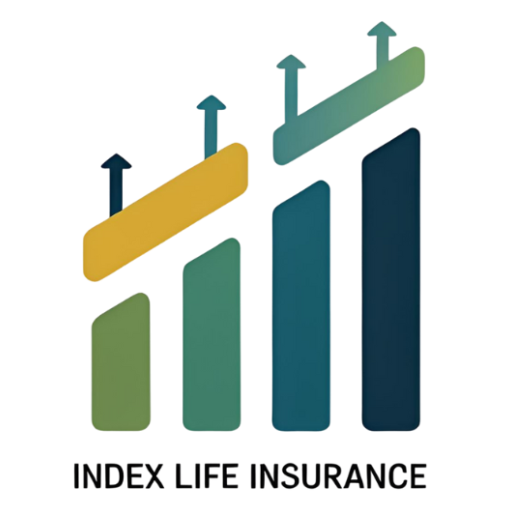
by Insurance | Oct 5, 2025 | Uncategorized
For most policyholders, the word “premium hike” triggers concern—especially if you’ve budgeted carefully around a fixed payment. But not all premium increases are created equal, and in the world of life insurance, especially Index Universal Life (IUL), the dynamics...

by Insurance | Sep 22, 2025 | Uncategorized
When people shop for insurance, the first thing they often ask is: “What’s the price?” But in the world of life insurance—especially complex products like Index Universal Life (IUL)—the true cost is about much more than the monthly premium. It...

by Insurance | Sep 19, 2025 | Uncategorized
When policyholders think of life insurance, they often focus on the death benefit. But for permanent life insurance—especially Index Universal Life (IUL)—there’s another vital component that grows over time: the surrender value. Also known as the cash surrender value,...

by Insurance | Sep 9, 2025 | Uncategorized
When most people think about insurance, the first number that comes to mind is the premium—the recurring cost paid to keep a policy active. Whether you’re purchasing term life insurance, health coverage, or a more strategic financial product like Index Universal...

by Insurance | Sep 4, 2025 | Uncategorized
In the age of digital transformation, more consumers are turning to the internet to manage financial tasks—including the online purchase of insurance. From simple term life coverage to complex products like Index Universal Life (IUL), online platforms promise fast...

by Insurance | Sep 3, 2025 | Uncategorized
Behind every insurance policy lies a critical process that determines what you’re eligible for, how much you’ll pay, and how your policy is structured. That process is called risk assessment. Whether you’re applying for health coverage, property...

by Insurance | Aug 26, 2025 | Uncategorized
When purchasing an insurance policy—whether it’s health, life, or a more advanced financial vehicle like Index Universal Life (IUL)—selecting the right insurance company is just as important as choosing the policy itself. While coverage terms and premium costs are...

by Insurance | Aug 24, 2025 | Uncategorized
With dozens of insurance products on the market—from term life to Index Universal Life (IUL), from basic health plans to bundled policies—choosing the right coverage isn’t always straightforward. That’s why policy comparison is one of the most important steps you can...

by Insurance | Aug 11, 2025 | Uncategorized
When purchasing insurance, especially life, health, or disability coverage, you may come across the term “waiting period.” Often overlooked in favor of premium prices or benefit amounts, the waiting period plays a crucial role in determining when your policy actually...

by Insurance | Aug 8, 2025 | Uncategorized
When it comes to securing life, health, or property insurance, many people turn to online platforms for instant quotes. But behind every quality policy is often a knowledgeable and reliable insurance agency—a firm or team of licensed professionals who help guide...











